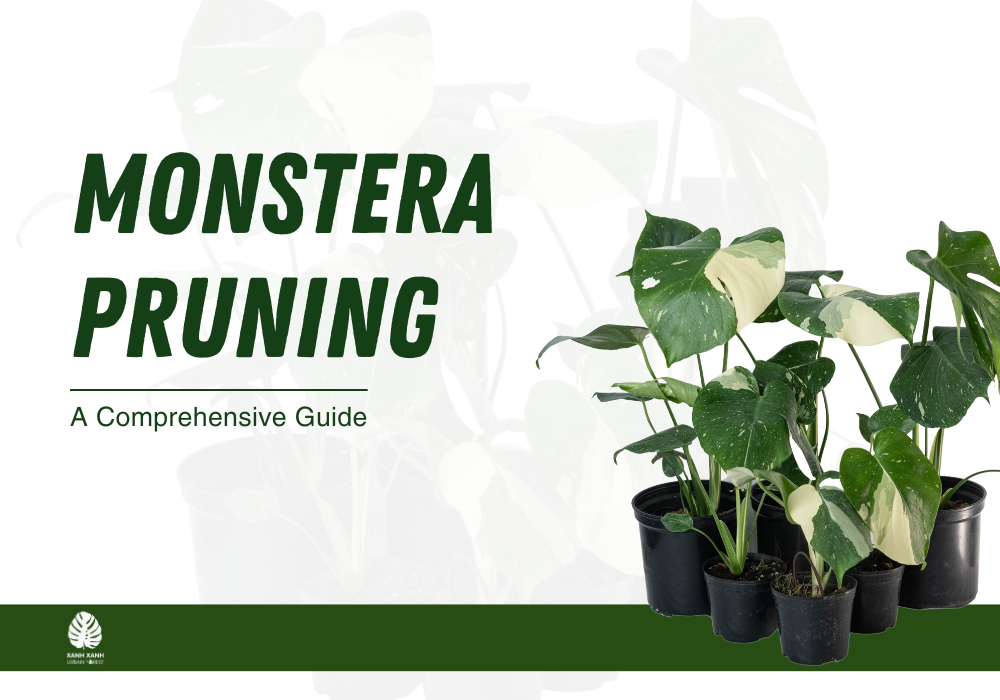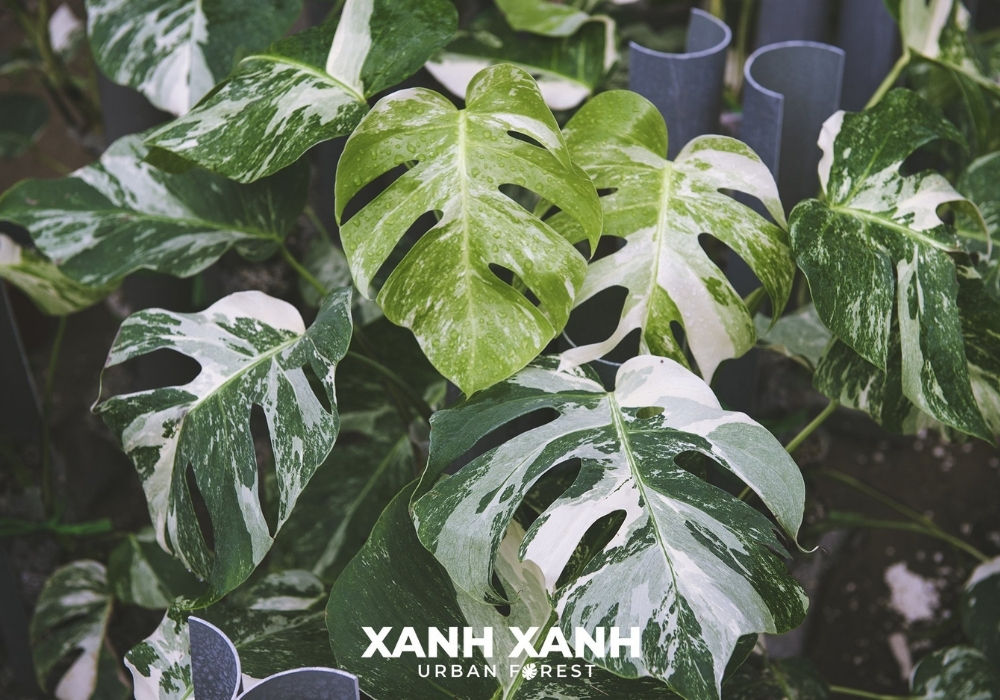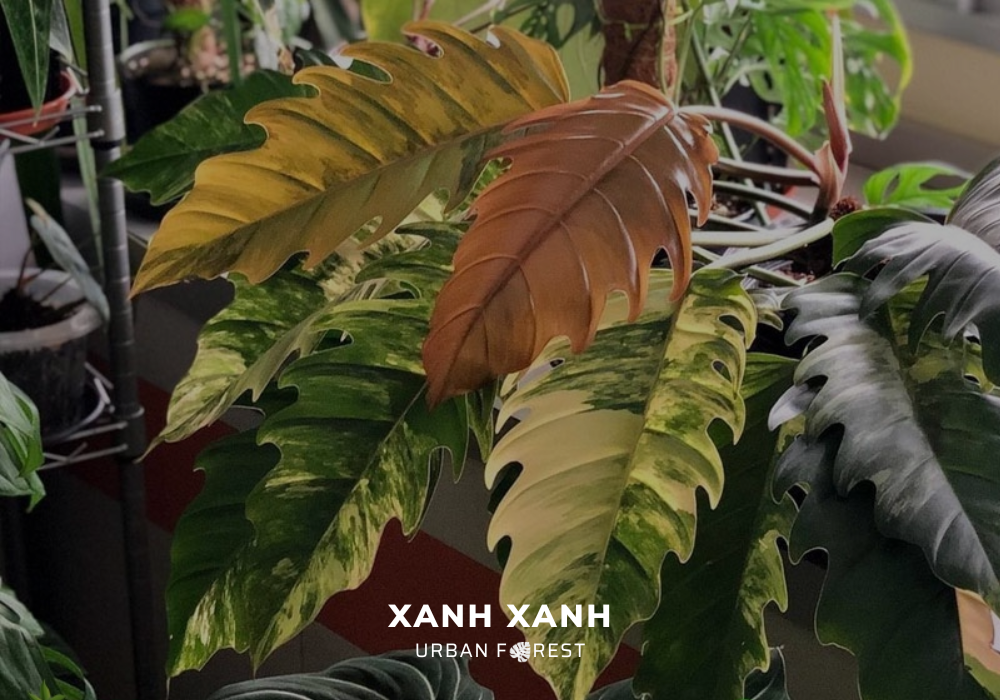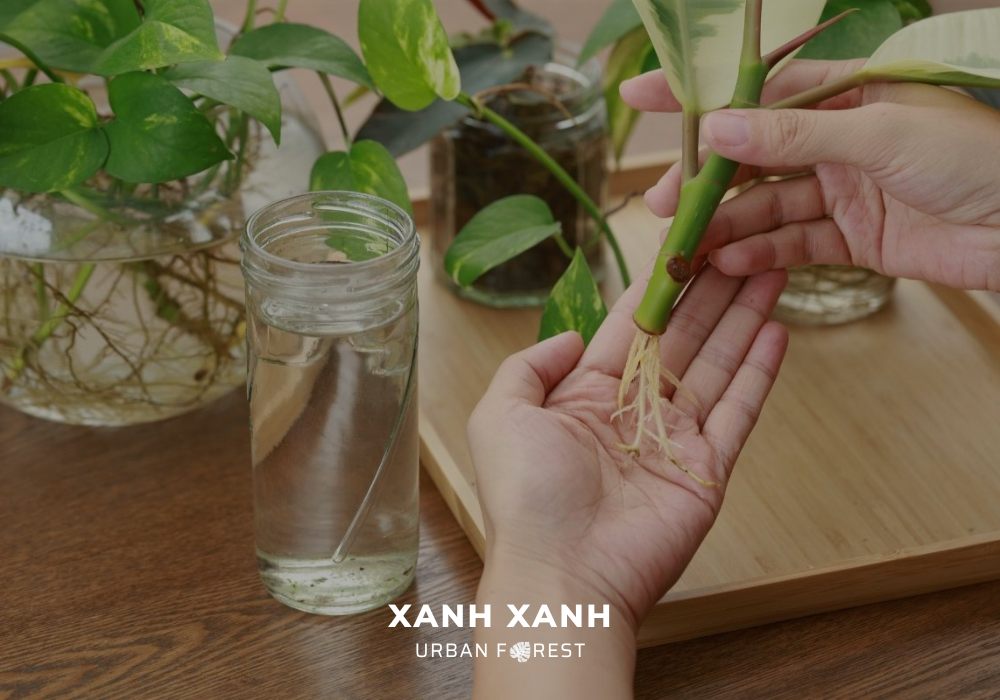Monstera plants are a favorite for indoor gardeners, loved for their ease and impressive growth. But even these green giants can benefit from a little shaping. Pruning a Monstera plant is not only about making it look good. It also helps the plant grow healthy, stay manageable, and improve its overall appearance.
This blog post, brought to you by Xanh Xanh Urban Forest, dives deep into the world of Monstera pruning. We’ll explore why it’s important, when and how often to do it, and offer some handy tips for success.
Table of Contents
1. Introduction to Monstera Plants
Monstera plants originated in tropical rainforests, where they developed in the humid shade below the foliage. They are special climbers known as epiphytes who scramble up other plants to get the sunlight they require. This ingenious method enables them to dodge the intense battle for space on the forest floor.
These tropical beauties can grow quite large, boasting leaves that stretch up to two feet across. Their most striking feature is the distinctive split in their leaves, a curious phenomenon called fenestration. This unique pattern is believed to help them cool down in the hot, humid rainforest environment.
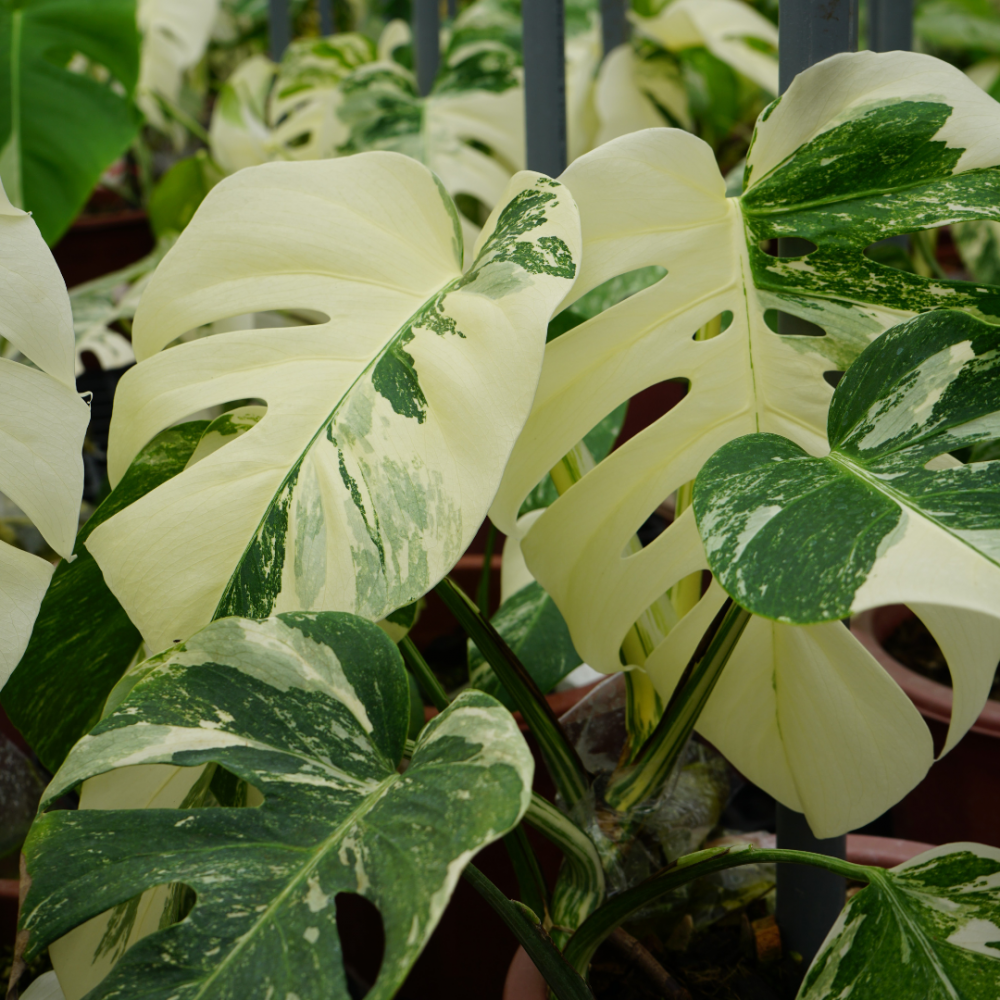
2. Why Prune Your Monstera Plant?
Monstera leaves are distinctive and deeply cut, adding a touch of tropical beauty to any decor. However, as these aggressive plants mature, they may require shaping to preserve their ideal shape. Pruning can be a helpful tool for this purpose. Pruning your Monstera offers several advantages that go beyond simple aesthetics.
Enhancing Appearance:
As Monstera plants mature, their leaves sometimes show wear and tear. They might get ripped, turn brown at the edges, or change color. Removing faded or damaged leaves from your plant serves a two-fold purpose. Firstly, it gives your plant a fresher, more attractive appearance. Secondly, it frees up energy for the plant to focus on growth and overall health. This simple pruning can also refine the shape of unruly or uneven plants, resulting in a tidier and more pleasing look. This will make it appear more balanced and appealing.
Promoting New Growth:
Monstera plants naturally grow new leaves from special points along their stems. By carefully removing older leaves, especially the ones lower down, we can help the plant use its energy to grow new leaves from these points. This can lead to bigger, healthier leaves with more of those cool holes in them!
Preventing Problems:
Thick leaves can trap moisture around a plant’s base, creating a damp environment that pests and diseases love. Pruning lets air flow better, making it harder for these problems to thrive. Taking away any sick or bug-ridden leaves also stops them from spreading to other parts of the plant or nearby greenery.
3. When to Prune
Think of it like waking up from a long winter nap. Monsteras come alive during the spring and summer, bursting with energy for growth. This makes it the ideal time for pruning, as they can easily recover and adapt to the changes you make.
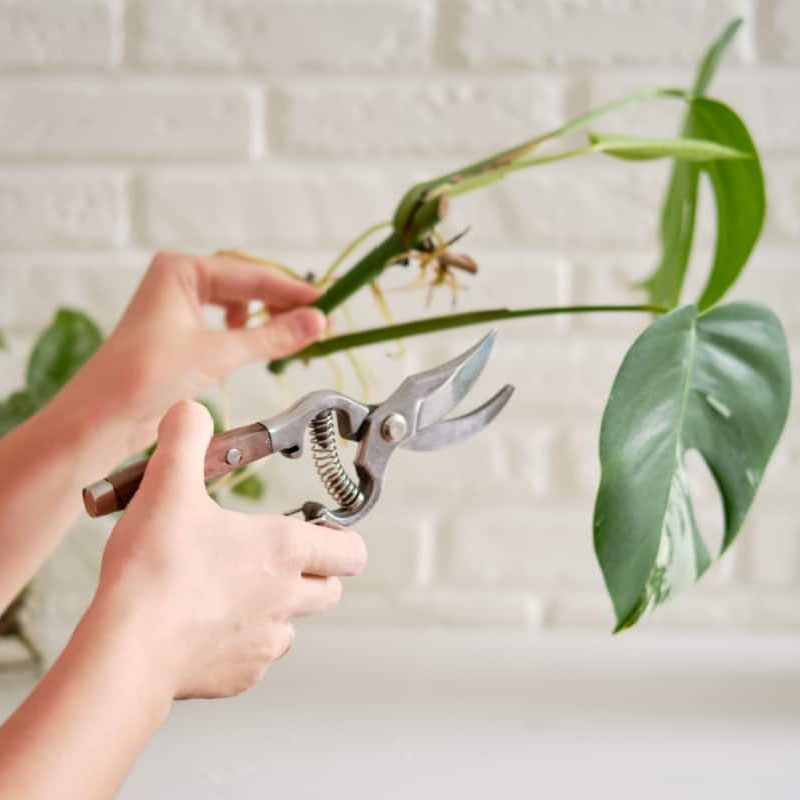
4. Frequency Matters
While there’s no strict schedule, it’s generally recommended to prune your Monstera once or twice a year. Observe your plant’s growth and adjust accordingly. If it’s putting out new leaves rapidly, you might need to prune more frequently to maintain its desired shape. Conversely, a slower-growing Monstera might only require occasional pruning.
5. How to prune the Monstera plant
5.1. Preparation
- Gather your tools: Ensure you have a sharp pair of pruning shears or scissors readily available. Sharpness is crucial to prevent tearing or damaging the plant. Sterilization helps avoid introducing bacteria or diseases during the pruning process.
- Hydrate your Monstera: Water the plant thoroughly about a day before pruning. This hydrates the plant and helps it better withstand the pruning process.
5.2. Cutting Technique
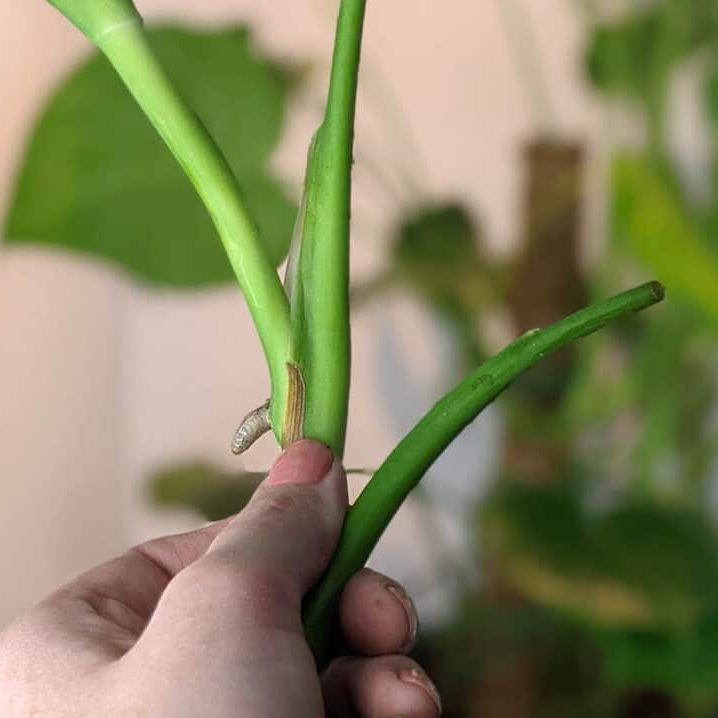
- Locate the nodes: Nodes are the points on the stem where leaves or aerial roots emerge. Identifying them is key to proper pruning.
- To produce clean cuts, cut approximately an inch above a node with sharp shears or scissors. Avoid cutting too near to the node or leaving long stubs, which can impede healing and raise the risk of infection.
- Avoid removing too many leaves at once, since this might cause stress on the plant. Begin with modest cuts and see how your Monstera responds before making any additional changes.
5.3. Aftercare
- Properly dispose of the cuttings. You can compost them if they’re healthy, or try propagating them to create new Monstera plants.
- Monitor your Monstera for signs of stress or infection after pruning. Continue to water as usual and provide adequate light.
6. Potential Side Effects of Pruning Monstera Plants
Pruning your Monstera plant can benefit from increased growth, new stems, and even more control over its shape. However, pruning may have harmful implications. Let us have a look at some variables to consider before making a selection.
Leaf Loss
This is the most immediate and obvious consequence of pruning. Removing leaves, whether damaged or for shaping purposes, will temporarily reduce the plant’s foliage. However, this is generally a temporary setback, and new leaves will typically emerge from growth nodes soon after pruning.
Growth Disruption
The act of pruning can disrupt the established growth pattern of your Monstera, leading to a brief period of slowed or altered growth. Pruning a plant diverts its energy away from growth and toward mending the cuts and creating new branches. The good news is that healthy plants are hardy and often recover rapidly, reverting to normal growth rates within a few weeks.
Infection Risk
Cutting your Monstera incorrectly can create open wounds where harmful germs can enter. This makes your plant more likely to get sick. To protect your plant, always clean and sterilize your tools before pruning. Don’t prune when your plant is already stressed or seems unhealthy.
7. Final thoughts
Monsteras are gorgeous low-maintenance plants that can bring a tropical charm to any space. You may help your Monstera grow and thrive for years to come by following the advice in this article.
Read more: Monstera Care: The Ultimate Guide from A to Z
Xanh Xanh Urban Forest hopes that you found this blog article to be useful and educational. Please use the following to contact us with any questions:

